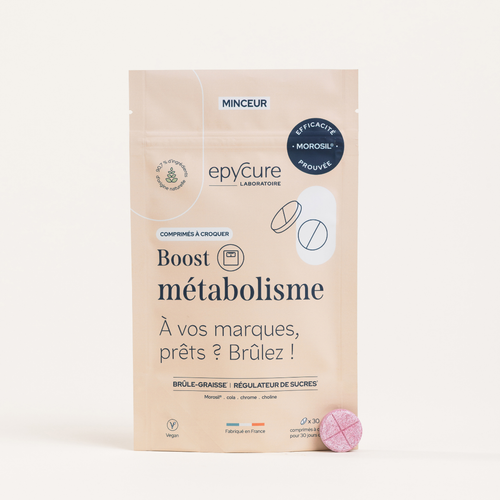Resistant starch is a type of starch that, as its name suggests, resists digestion . It passes through our intestine relatively intact, until it reaches the colon, where it will act as a prebiotic, meaning it will serve as food for our beneficial intestinal bacteria.
These good bacteria, by fermenting resistant starch, produce short-chain fatty acids. Among them, butyrate is particularly interesting because of its numerous beneficial effects on health.
Properties of resistant starch
- It improves metabolism by reducing blood sugar spikes after meals and improving insulin sensitivity. This makes it particularly interesting for diabetics and people with insulin resistance.
- It promotes intestinal health and fights chronic inflammation since butyrate improves the integrity of the digestive mucosa and reduces intestinal permeability. In this way, the intestinal barrier prevents endotoxins from entering the bloodstream, putting less strain on the immune system.
- It contributes to weight loss since it improves insulin sensitivity and controls blood glucose. But that's not all. Because resistant starch is poorly digested, it contains fewer calories than normal starch, while promoting satiety in the same way. It is therefore a simple way to reduce calorie intake without depriving yourself.
The best sources
If certain foods such as green or unripe bananas contain resistant starch, the form that our small intestinal bacteria prefer (called “type III resistant starch”) is obtained when we cook and then cool in the fridge for at least 24 hours:
- Tubers (potatoes, sweet potatoes, parsnips, etc.)
- Plantains
- Cereals (rice and oats in particular)
- Legumes
Some recommendations
If you are not used to consuming a lot of fiber or if you tend to bloat easily, integrate resistant starch gradually. It may cause some occasional discomfort due to the modification and adaptation of your intestinal flora, but it should remain bearable and temporary. If you experience too much discomfort, reduce the amount you take for a few days until your symptoms resolve, then try gradually increasing it again.



